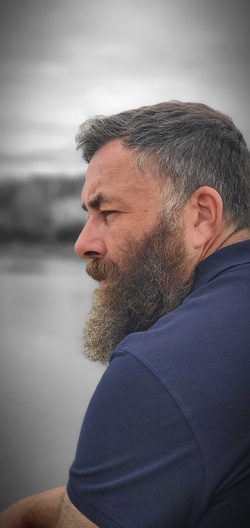
OUR MANDATE
Is to improve marine and coastal ecosystems by seamlessly introducing cutting edge ROV retrieval methodology - ©TheAustinWay on board of as many commercial fishing vessels as possible. Through targeted ROV extraction of ghost gear with minimal impacts to sensitive habitat. We aim to replace habitat that is sometimes removed in the process by installing various artificial marine habitat
“ Seeing first hand the negative impacts of ghost gear and “blind” ALDFG retrieval techniques on marine habitat (i.e. dragging), I started this company to develop safe, lowimpact, precise retrieval methods using innovative underwater viewing technology and removal equipment. We are focused on projects that would grow our capacity for ALDFG* retrieval and help us develop much-needed responsible disposal initiatives for end-of-life gear in rural and remote fishing communities. We hope to develop a new avenue for disposal: up-cycling ALDFG* into engineered structures as marine plant habitat.
Austin Vibert, CEO
OUR MISSION
Is to empower fishing communities to reduce ALDFG* through awareness and hands-on training and skills development in the use of specialized equipment and vehicles designed to minimize negative environmental impacts of gear retrieval.
*ABANDONED LOST DISCARDED FISHING GEAR (ALDFG) refers to the management of fishing gear (onboard and deployed, e.g., FADs) and retrieval of lost gear as a means of reducing fisheries bycatch and environmental damage.

Austin Vibert CEO of GHOST GEAR DISAPPEAR INC.
I am a third-generation fisherman and avid scuba-diver from Miscou Island, New Brunswick with decades of experience living and working in the fishing industry and routinely retrieving fishing gear when buoys got cut or lost (i.e. scallop drags, lobster traps, crab traps, anchors and various types of netting). I started developing retrieval methods for ALDFG* 30 years ago beginning with simple grappling hooks and chains dragging across the bottom, but 25 years ago I discovered underwater live-feed cameras that altered my outlook on “blind” retrieval practices.
